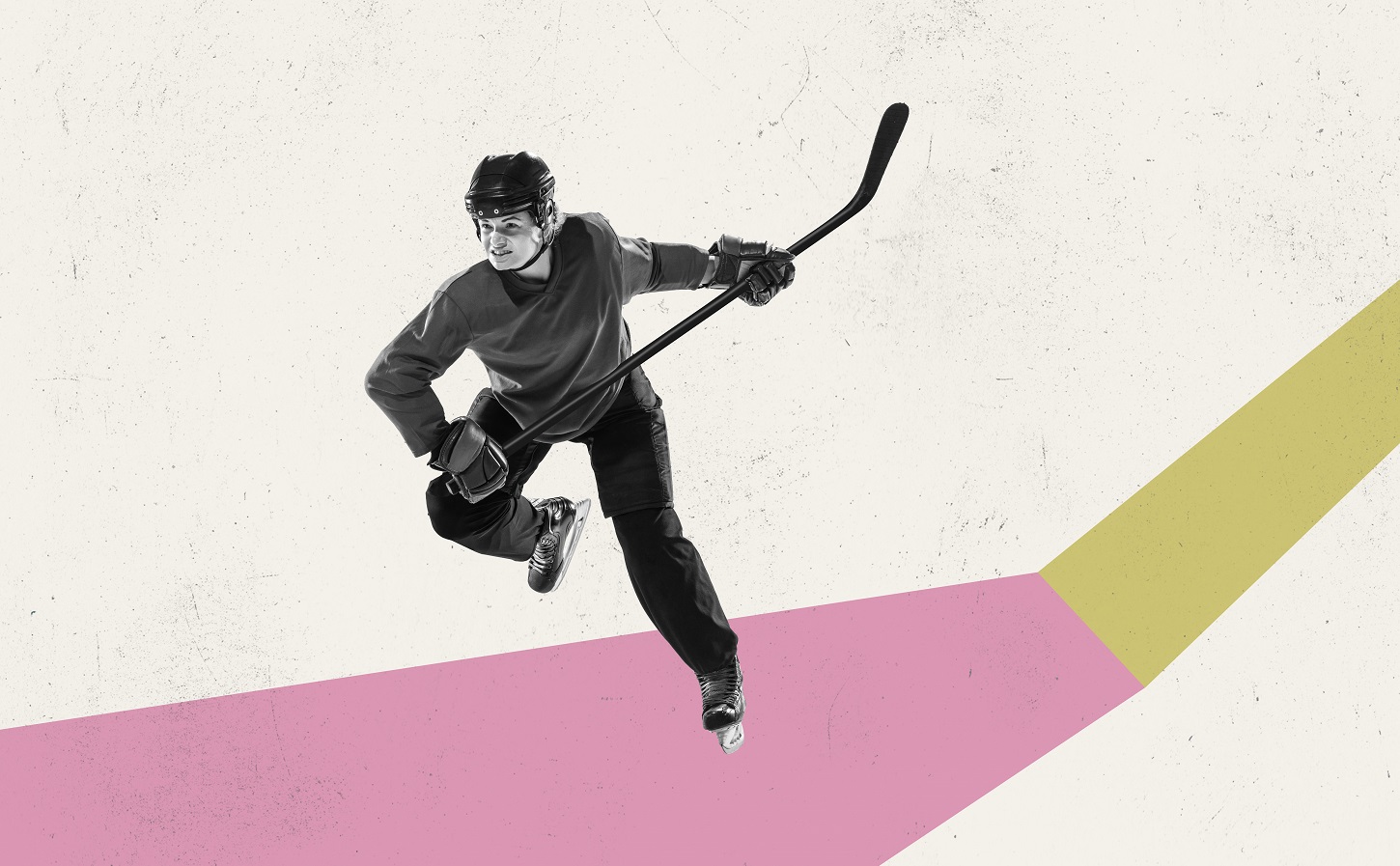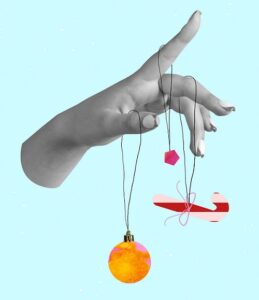Getting Outside to Get into Your Head

Subscribe to Catalyst
Subscribe to get our magazine delivered right to your inbox
Related Articles
Subscribe to Catalyst
Subscribe to get our magazine delivered right to your inbox
Share This Catalyst
Related Articles
Figure-eighting through pain into possibility
This story is the last in the Mental Health for the Holidays series. While end-of-year celebrations can be a time of joy — they can also trigger feelings of stress and loss. Read the collection to learn how others were able to meet those challenges.
In 1984, I started skating again.
I’d skated as a kid, but this was more. This was devotion — eventually, obsession — that came after years away from the ice, having rejected sports because of what it represented to a kid into punk rock, politics, rebellion, and art. Sports was the status quo and the domain of jocks. It was a mainstream opiate and a place where men and women — mostly men — went to behave badly. But skating. Skating was different. Skating was an easy return, shorn of contact or competition.
I began under the lights of Valleyfield in Etobicoke — even the name sounded comforting and bucolic in sub-zero temperatures — and moved to rinks around the city: Weston, Rosedale, Ramsden, Dufferin Grove, Regent Park. I skated the city, even writing a story on it for the Toronto Star about how one could travel east to west across its frozen surfaces, like Burt Lancaster’s The Swimmer but in winter. I bought a pair of used skates, then another, and then a new set of Bauer 300s, bragging about my latest, best purchase to anyone who’d listen.
At first, I didn’t think skating was helping my head as much as it was helping my body, making it come alive in new ways and new settings: chugging against the cold and wind and working up a sweat while moving, a new concept for someone who’d suffered through the relative inertia of sit-ups and crunches. With skating, exercise was about constant motion eating up every inch of ice. And even though I wasn’t the kind of rink rat who imperiled kids with their looping O’s or berated older, slower skaters for getting in the way of their slaloms, the rest of the world dripped away. I felt free and good, even at my casual pace. My blood felt hot against the cruel wind, my legs deliciously sore after skating laps till nearly midnight, when someone blew a whistle and the gate shut.
Skating was partly about the pure joy of movement and partly an act of nostalgia meant to recapture those times before my world was complicated by having to choose between sports and music. I’m 59 now, but I still feel reborn into the young world while icebound, trying to get at growing up again, then again, and again. The truth is, it’s a melancholy act — if it had all gone so well the first time, I never would have stopped — and because I learned soon enough that being active also helps your head, skating fed my imagination and sense of memory. Yet where it led wasn’t always my frozen pond romance or youthful bliss. It also returned me to my most difficult years.

When it came time for me to write another book in 2013, my love of the ice pointed me back to something that happened in Grade 7 at Dixon Grove Junior Middle School in Etobicoke. That year, I was bullied by a taller, bigger kid named Roscoe (not his real name), who savaged me every day after class. I was too humiliated, and terrified, to tell anyone about it, even though he often preyed on me on the school grounds, in full view of students, teachers, and passers-by. No one ever stopped and wondered why that kid was sitting on the other kid punching him in the back of the head. Maybe some thought it was just what kids do — not untrue, sadly — but why no teacher ever did so became more troubling the more I dove into the memory. I used all of it as a framework for the book Keon and Me, where I tell the story of that year in alternating sections — one, in the third person, from the perspective of me at 11, and another, in the first person, from the perspective of me in my 50s, looking back. I was grateful that skating had delivered this creative idea to me at the expense of having to relive the stress, pain, and anger that came with reconstructing those times. I’d tried to make art through a discovery of this nostalgia. But nostalgia often uncovers the raw truths of the past while celebrating the best parts of being young and simple and new to the world.
Even though skating — and now, hockey (two or three times a week for the past thirty years) — is a beautiful way to keep moving, it’s also a place where I go to think. This may push against one’s natural impulse to find a pretty open space and let your thoughts reel, but I find that when I’m moving and playing doors get unlocked and windows are cracked open. I think with a kind of freshness brought in by the cold arena or outdoor rink, and my consciousness is freed by having to dwell on nothing other than the joy of play. Ideas for songs and stories — melodies, narratives — find me when I’m on and off the ice, sitting on the bench waiting for a shift or lining up for a face-off after the play has been whistled dead. Softball, tennis, golf, basketball — I’ve done all these things. But none of them has teased out or produced new ideas the way hockey has. I think everyone has something that gets them to this place — playing the cello, knitting, cycling, alphabetizing your albums — and this is what works for me. I’m grateful I found it, and grateful it found me.
I won’t skate forever; no one does. But while most will lament each year’s turning calendar page — in COVID times, the winter’s dark and cold is ominous for those who must avoid indoor groups to avoid the risk of infection — I’ll look forward to the cold because, for me, its arrival has always meant the promise of ice and the expectation of play. The ground will freeze and smoke will rise out of rink houses.
I’ll be skating again.
How to Give Back (or Reach Out) This Holiday Season (Mental Health Commission of Canada)
Five Ways to Protect Your Mental Health This Holiday